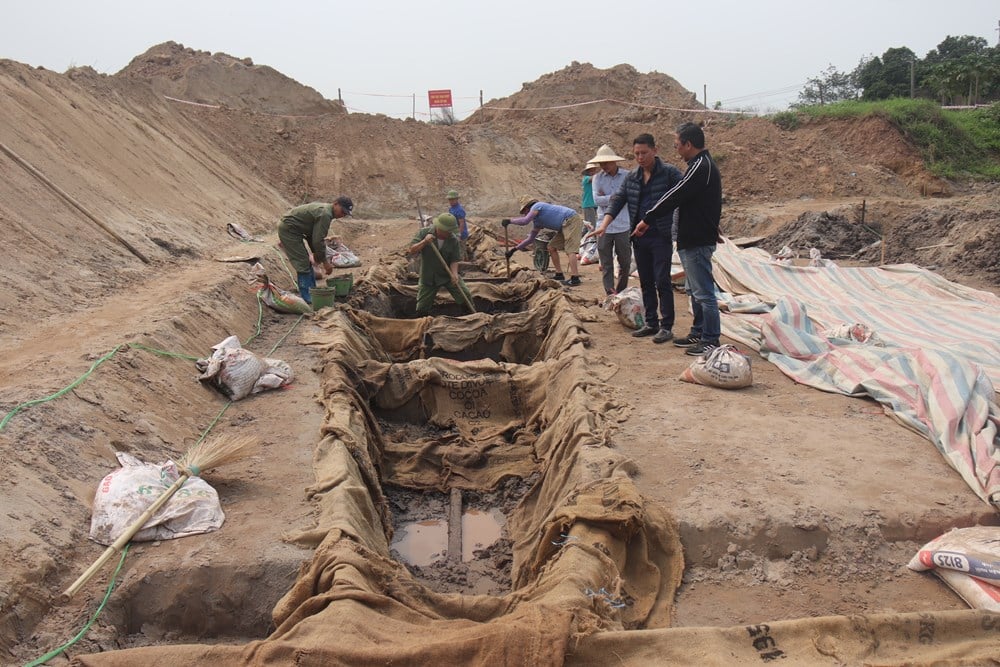
Since the discovery of the ancient boat at the bottom of a pond in Bac Ninh until now, one of the biggest concerns of archaeologists and the public has been determining its age.
When was the double-hulled boat considered the most unique ever discovered in Vietnam built by ancient people, and how long has it been lying under the alluvial layer of the Dau River? However, after nearly four months, the agencies involved in the emergency excavation of the ancient boat have not yet publicly announced its age. This is puzzling.
At the "field" workshop held at the end of March 2025, many initial opinions leaned towards the direction that the age of these two ancient boats could not have been before the 10th century and could not have appeared after the 15th century, possibly belonging to the Ly and Tran dynasties.
Besides artifacts, historical research as recorded in Viet Su Luoc , in 1106 the king ordered "building a Vinh Long boat with two bottoms", Dai Viet Su Ky Toan Thu also clearly recorded, in 1124, "in the intercalary January, built a Tuong Quang boat with two bottoms", creating more interesting thoughts.
Of course, as Associate Professor, Dr. Tong Trung Tin, President of the Vietnam Archaeological Association emphasized: "Without a year title, no history can be made", the date must be determined by scientific methods to be able to make further comments.
After a period of “silence”, the answer was gradually revealed. According to Van Hoa ’s own source, the age of the ancient boat of Bac Ninh was determined to be around the 4th-6th century AD, about 1,800 years ago, quite similar to the late Dong Son culture period.
When we received the information, we remembered Dr. Nguyen Viet, Director of the Southeast Asian Prehistory Center, who had different opinions from the research community about the age of ancient boats in Bac Ninh. Dr. Nguyen Viet once firmly affirmed: "This technique of dugout canoes with planks only appeared in the period of 2,400 - 1,800 years. It was not seen before, and then it disappeared."
“Initially, I also guessed that the two ancient boats discovered in Thuan Thanh were from the Ly - Tran period, but after a direct survey and discovering the mortise and tenon system, the technique of joining dugout canoes and planks, I had to admit that I was wrong and corrected my mistake right at the workshop, ” Mr. Viet shared with Van Hoa reporter in an interview a few days later.
This content is reflected in the article Around the discovery of two "strange" ancient boats in Bac Ninh: What basis is there to confirm that they belong to the Au Lac period? (published on March 31, 2025). And it should be added that Dr. Viet's opinion has encountered many opposing opinions.
All points back to the Dong Son origin
Back to the present, after learning about the age of the ancient boat in Bac Ninh, Van Hoa reporter had a conversation with Dr. Nguyen Viet. Still in a calm, gentle, leisurely voice, he said: "This news is just a confirmation of what has been seen from experimental data: The wood body, the mortise and tenon marks, the bolt and the paneling technique are all within the late Dong Son age frame."
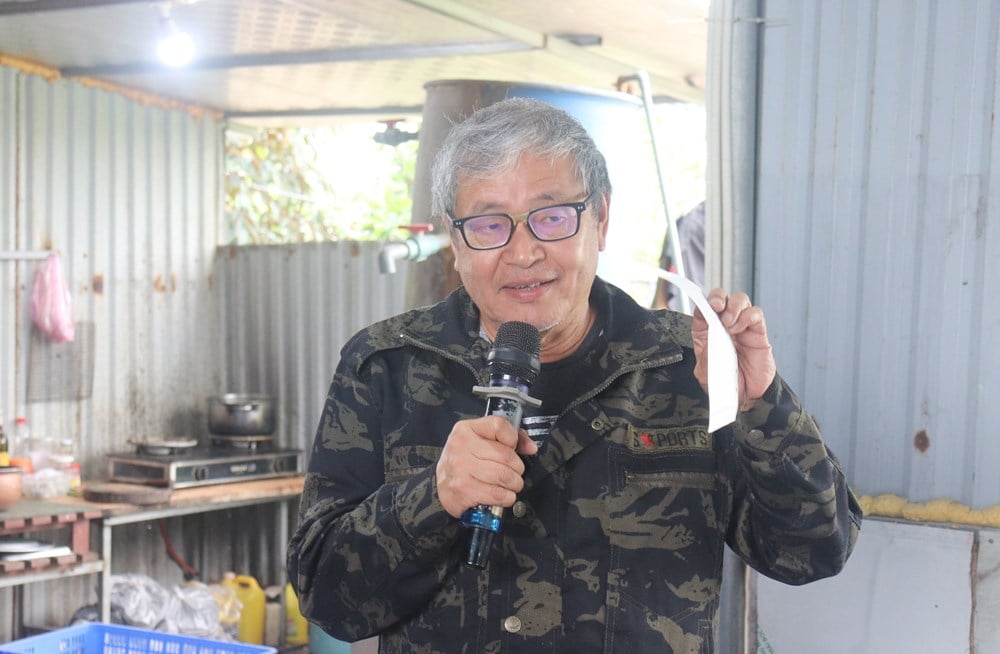
“In fact, studying ancient boats is not something new to us. We have been conducting in-depth research on ship archaeology for over 10 years. I personally have conducted radiocarbon dating on over 20 specimens, with over 30 related artifacts. Therefore, when encountering an ancient boat phenomenon like the one in Bac Ninh, I can immediately recognize its technical nature and age , ” Dr. Viet added.
For Dr. Nguyen Viet, who has been pursuing ship archaeology for more than two decades, this is the missing “golden piece” of the ancient waterway transportation picture of the Red River Delta. Unlike the monolithic dugout canoes commonly found in the mountains, the two ancient boats in Bac Ninh were built using the mortise-tenon technique: the boat body is assembled from many large planks, connected by mortise and tenon, wooden pegs and fixed straps.
In the ancient world, this technology helped the Romans build warships across the Mediterranean. “But the possibility of direct influence from Rome to the Red River about two thousand years ago is very small,” Dr. Viet affirmed, adding: “Traces of native wood, buried tree seeds, mortise and tenon styles, all point to the Dong Son origin.”
Incomplete statistics from the Southeast Asia Prehistory Center show that Vietnam currently holds the largest number of ancient plank boats in East Asia, with the earliest dating back to the 4th-5th century BC. The ancient boat in Bac Ninh is more than 18m long, with a nearly 2m high bow and a thick reinforced hull, a "high-level" witness to the last brilliant development stage of that technique. With the large size and high technology of the ancient boat, it is difficult for the common people to own it. So why is this "luxury" boat lying deep in the bed of the ancient Dau River? Dr. Nguyen Viet has put forward three hypotheses.
Firstly, these could be military vehicles of local leaders against the Eastern Han domination, corresponding to the Hai Ba Trung uprising movement (AD 40-43). Secondly, the boats served religious ceremonies associated with the Buddhist center of Luy Lau, the capital of Giao Chau at that time. Thirdly, they were simply long-distance merchant ships, demonstrating the dense trade network between the Red River, Thai Binh River and the coast. “To know for sure, we must expand the excavation to find ports, personal belongings, and goods,” he said. However, the excavation pit is now filled in, surrounded by weeds…
Antique boats are not private property.
The silence that lasted for more than three months after the “drumming to register” conference made Dr. Nguyen Viet impatient. He said: “I once said frankly in the conference: Let me bring the boat back to the laboratory and pay for its preservation myself. The proposal is still… pending”. According to him, Vietnam does not consider ship archaeology a specialized field; many units are still familiar with excavating architectural relics and tombs, so they are confused with large volumes of wooden artifacts.
“I once made this clear at a professional meeting and emphasized that preserving ancient boats is not difficult, the important thing is to have the right awareness and take timely action. Currently, our Southeast Asia Prehistory Center is preserving more than 200 wooden artifacts, more than 20 ancient boats dating back more than 2,000 years, preserved by chemical techniques. Our laboratories are capable of restoring and displaying wooden, fabric, lacquer artifacts... under international standard conditions,” said Dr. Viet.
Looking around the world, since 1968, Norway has successfully salvaged the Gokstad (9th century), which took 21 years to process with PEG. The UK lifted the wreck of the Mary Rose (16th century) from the bottom of the Solent Sea using a 900-ton crane and then sprayed it with PEG for 17 years.
“I suggest that the relevant authorities, if they do not have the conditions, discuss and coordinate to transfer the work to specialized units to carry out the conservation work. Because this is not the property of Bac Ninh alone, but the heritage of Vietnam, even of humanity. These ancient boats have very high technical and historical value, comparable to the leading heritages of ancient ship technology in the East Asia region,” he suggested. After all, the ancient boats in Bac Ninh are not just “two large pieces of wood”. They open a window of nearly 2,000 years into the life of Giao Chau’s rivers, reflecting the Dong Son industry, evoking memories of the Hai Ba Trung navy team or the Luy Lau merchant group. The responsibility to preserve the heritage lies in the hands of today’s generation. If there are no appropriate excavation and conservation measures, the ancient boats will sink again...
Source: https://baovanhoa.vn/van-hoa/cau-hoi-can-loi-giai-dap-151179.html


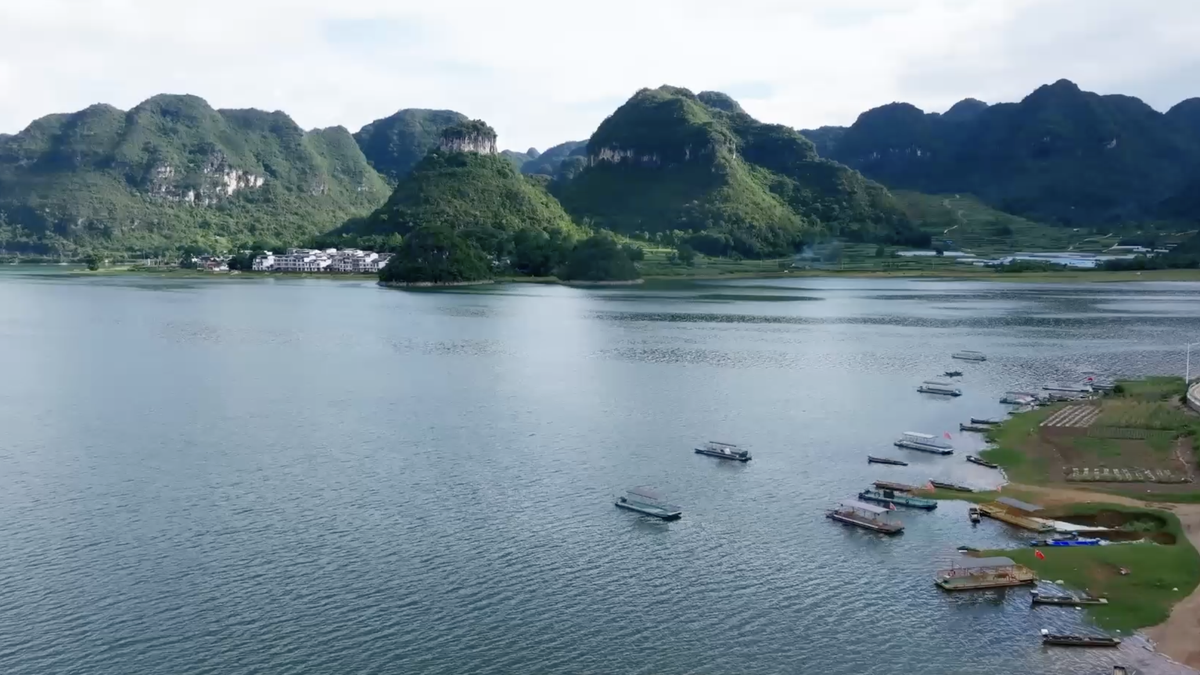



![[Photo] General Secretary To Lam and National Assembly Chairman Tran Thanh Man attend the 80th Anniversary of the Traditional Day of the Vietnamese Inspection Sector](https://vphoto.vietnam.vn/thumb/1200x675/vietnam/resource/IMAGE/2025/11/17/1763356362984_a2-bnd-7940-3561-jpg.webp)

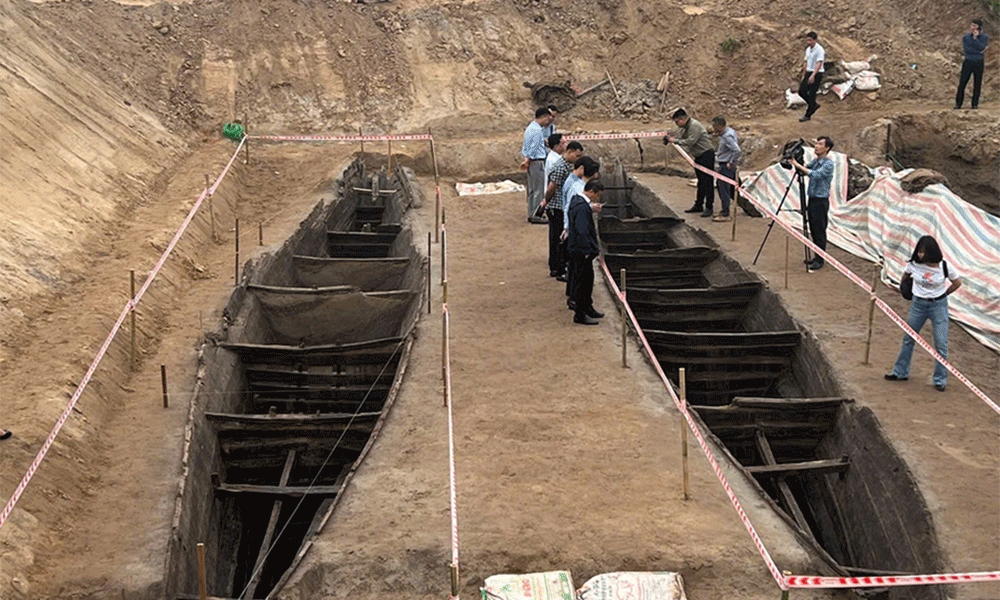

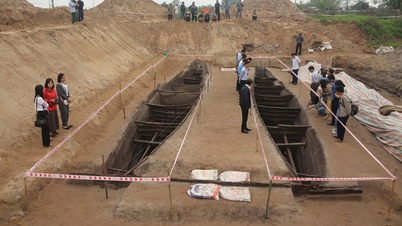
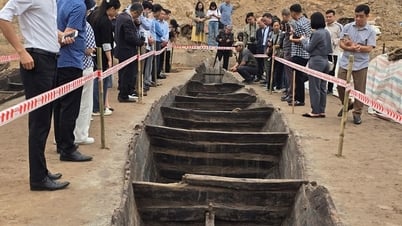


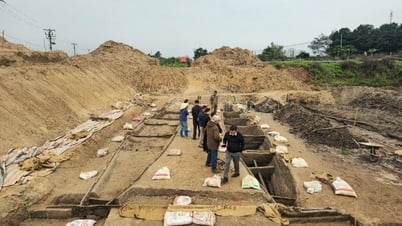

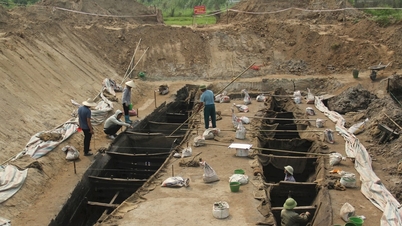

























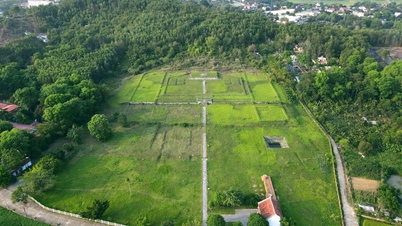





























































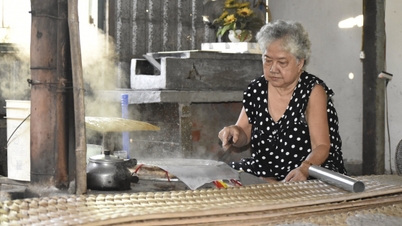












Comment (0)